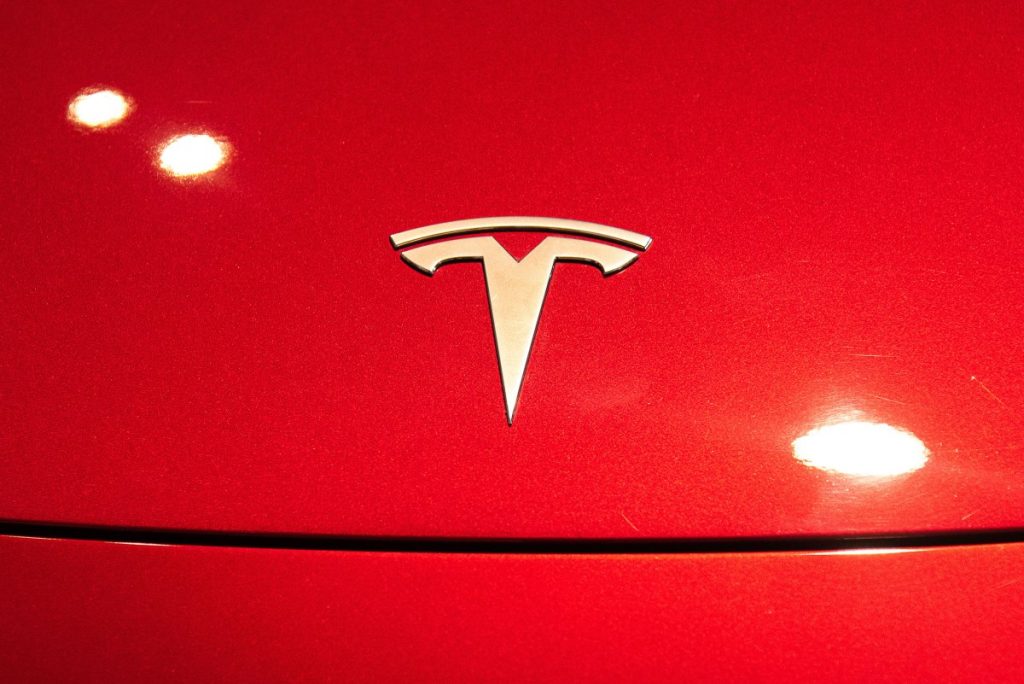Tesla is set to roll out a more limited version of its highly-anticipated robotaxi service in San Francisco this weekend, following a previous pilot launch in Austin, Texas. This latest initiative will see Tesla sending invitations to its vehicle owners in the area, allowing them to experience the service firsthand. However, the launch is shrouded in regulatory complexities, raising questions on its compliance with state laws and safety standards.
Regulatory Challenges
The regulatory landscape for autonomous vehicles in California is stringent and multi-faceted, primarily governed by two key state agencies: the California Department of Motor Vehicles (DMV) and the California Public Utilities Commission (CPUC). The DMV oversees the testing and deployment of autonomous vehicles, mandating permits at three crucial stages: testing with a human driver, testing without a driver, and full driverless deployment.
Currently, Tesla possesses a permit to test autonomous vehicles with a human safety operator at the wheel. However, it does not hold permits for driverless testing or deployment. As of the latest updates, the DMV confirmed that Tesla had not applied for any additional permits necessary for these stages. In fact, only a few companies, including Mercedes-Benz, Waymo, and Nuro, have successfully secured driverless deployment permits in California, highlighting the competitive and regulatory hurdles Tesla faces.
Furthermore, the CPUC regulates the commercial implications of ride-hailing and chartered transportation services, whether human-driven or autonomous. Tesla has a Transportation Charter Party permit that allows human-operated vehicles to provide charter services to the public. However, this does not equate to having the proper authorizations for autonomous passenger transport, something Tesla lacks. CPUC spokesperson Terrie Prosper stated that Tesla has neither applied for a pilot permit allowing human-operated vehicles nor obtained the necessary approvals to offer autonomous rides.
- Tesla’s current permit allows for human-operated charter services.
- The company does not have an autonomous vehicle permit for passenger transport.
- Three companies, including Waymo, hold driverless deployment permits in California.
Operational Limitations and Safety Concerns
As Tesla prepares to deploy its robotaxi service, the absence of necessary regulatory approvals raises significant safety and legal questions. If Tesla moves forward with its plans to operate robotaxis while the autonomous systems are engaged, it may be in direct violation of state regulations. This holds true even if there is a human safety operator present in the vehicle.
The challenges do not end with regulatory compliance. Tesla has yet to demonstrate that its Full Self-Driving (FSD) software can efficiently operate autonomously in real-world conditions. The robotaxi trials in Austin have thus far been confined primarily to the downtown area and main thoroughfares, and all rides include a safety operator in the passenger seat to intervene if the vehicle’s decisions are potentially dangerous. Tesla’s initial offering launched with a fleet of approximately 10 Model Y SUVs, but specific details about their current operational capacity or how often safety operators have had to intervene remain unclear.
CEO Elon Musk has long touted Tesla’s advancements in autonomous driving technology, often claiming that it would soon enable vehicles to drive autonomously from Los Angeles to New York. However, these visions have yet to materialize, and Musk’s confidence in the technology has faced challenges, particularly as Tesla aims to expand its robotaxi services to states like Florida and Arizona, for which it has begun the certification process.
In light of these developments, the California DMV has also initiated efforts to halt Tesla’s vehicle sales within the state amid ongoing litigation over misleading claims about the capabilities of its vehicles’ self-driving technology. Additionally, Tesla is currently involved in a trial concerning incidents that occurred as a result of its less sophisticated driver assistance system, Autopilot, underscoring the critical need for transparency and regulatory adherence in the rapidly evolving landscape of autonomous vehicles.
Community and Market Response
The community’s response to Tesla’s robotaxi initiatives has been mixed. While some Tesla owners eagerly anticipate the chance to participate in the robotaxi service, others express concern regarding the safety and regulatory implications of deploying partially tested technology on public roads. This ambivalence reflects a broader societal dialogue about the balance between innovation and safety in the autonomous vehicle sector.
Market analysts observe that Tesla’s ambitious plans may face significant headwinds due to these regulatory barriers. The company’s ongoing legal battles and public scrutiny could impact both consumer confidence and stock performance. In the competitive landscape of autonomous vehicles, having robust regulatory compliance is not only essential for operational continuity but also crucial for establishing a reputation for safety and reliability in the eyes of potential users.
As Tesla moves ahead with its plans, the landscape for autonomous vehicles remains fluid, with regulatory frameworks evolving in response to technological advancements. The success of Tesla’s robotaxi service will likely hinge not just on technological capability but also on its ability to navigate the complex regulatory terrain ahead.
Update: This story has been updated to include new information from the CPUC.

